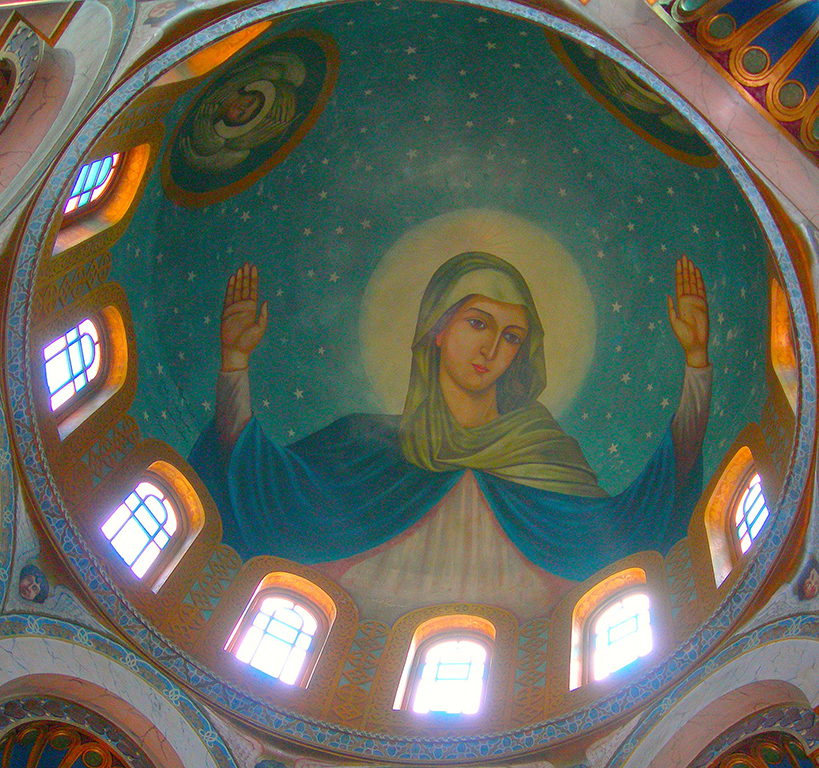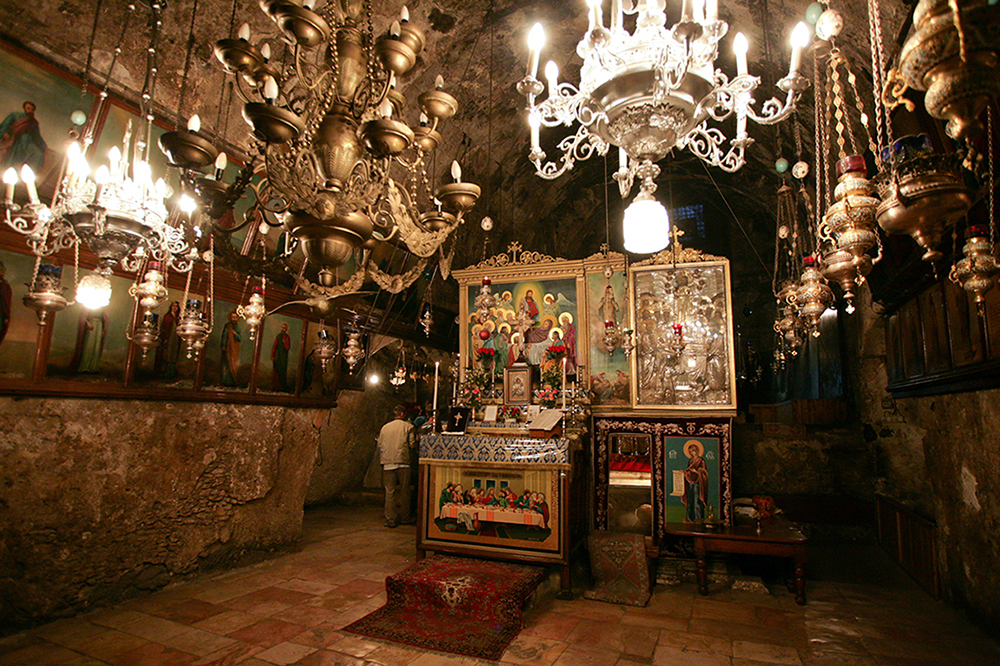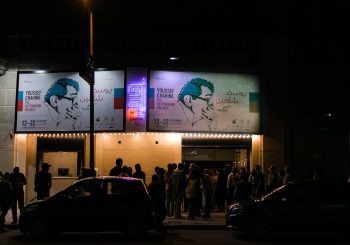
Egyptian Coptic Orthodox Christians are known for fasting more days out of the year than any other sect of Christianity – perhaps only to be rivaled by the Ethiopian Orthodox Tewahedo Church. In fact, Copts fast 180 to 210 days out of the 365 days of the year.
There are many well-known fasts throughout the year, most notably those of Christmas and Easter – which are also the longest – as well as many smaller, lesser-known fasts. One of the most beloved fasts by the majority of Copts however, is the one of the Virgin Mary, which falls on the same dates every summer.
From August 7 to August 21, Copts venture on this 15 day fast with some choosing to add an extra week and fasting from the start of August for no particular reason other than loving and respecting this particular fast. The fast consists of a primarily vegan diet, however this two week fast also permits the consumption of fish.
In Egypt, in addition to daily hymns and prayers carried out at church, the fast of the Virgin Mary is also regarded as a festive social event, with various festival-like activities being carried out for families to enjoy throughout the country – and most especially around the Assiut governorate in which the biggest monastery in the name of St. Mary is located.
What is the Backstory to the Fast of the Virgin Mary?
Most people are thought to fast this two week summer period because of the Dormition (or passing) of the Virgin Mary. The backstory as to why Copts undertake this fast however, is slightly more detailed and – although related to the Dormition of the Virgin Mary – is not because it took place during this time.
The Dormition of the Virgin Mary is actually believed to have taken place in January, when St. Mary passed away and was buried in Jerusalem.
One of the 12 apostles, St. Thomas, was on mission preaching throughout Southeast Asia when he saw a vision of angels lifting the body of the Virgin Mary to the heavens. As such, he returned to Jerusalem to let the others know and to see for himself whether or not her body is still in the tomb.

When he arrived some seven months later, he asked about the tomb of the Virgin Mary, and when the other apostles said her body lays inside, St. Thomas informed them that it is not there and has been transported to heaven.
When they opened the tomb and found it empty, the apostles said they will fast these two weeks (in August) in order to be able to see this vision for themselves as well.
This is believed to be the story and reason as to why Copts fast these two weeks dedicated to the Virgin Mary in August.
How has it Evolved in Egypt?
Although it is a widely beloved religious and spiritual two weeks, full of prayers and adoration in the name of the Virgin Mary, over the years the fast evolved into a festive cultural event of sorts.
In addition to the events undertaken by churches across Egypt, families also gather together and celebrate amidst crowds of people, surrounded by food vendors, and festival-like games for children.
In more resent years however, the church has stressed the importance of maintaining the spiritual aspect of the fast in efforts to remind crowds that these are religious festivities as opposed to cultural ones.

The Assiut governorate in particular is greatly popular during the fast of the Virgin Mary, with families going to camp outside the Monastery of the Virgin Mary in Doronka.
The Monastery of the Virgin Mary is both one of the most well-known and one of the biggest monasteries in the country. It is said to be the last stop where the Holy Family rested during their journey throughout Egypt, before leaving for Nazareth.
According to an article on Daily News Egypt, “Many Coptic Christians believe that the monastery, and within it, the Chapel of St. Mary—built inside a cave—is the oldest in Egypt, believed to have originally been built in the first century AD.”
As such, every year during the Fast of the Virgin Mary, crowds of people swarm to the Monastery to attend wonderful hymns, prayers and celebrations in the name of St. Mary. As a result of the COVID-19 pandemic however, this year will see no such large-scale celebrations or crowds. There will be no traditional gatherings or prayers, prayers can be attended online, and prayers for the day of the feast on August 21 will be only be attended by priests at monasteries or churches.
*Featured image depicting crowds at the Monastery of St. Mary in Doronka, Assiut during the fast of the Virgin Mary. Image source and year unknown.







Comments (6)
[…] 21st of August, the Coptic Orthodox Church celebrates one of its most beloved fasts of the year; the fast of the Virgin Mary. During this 15-day fast, Copts enjoy special daily hymns and prayers in church, while maintaining […]
[…] Read More […]